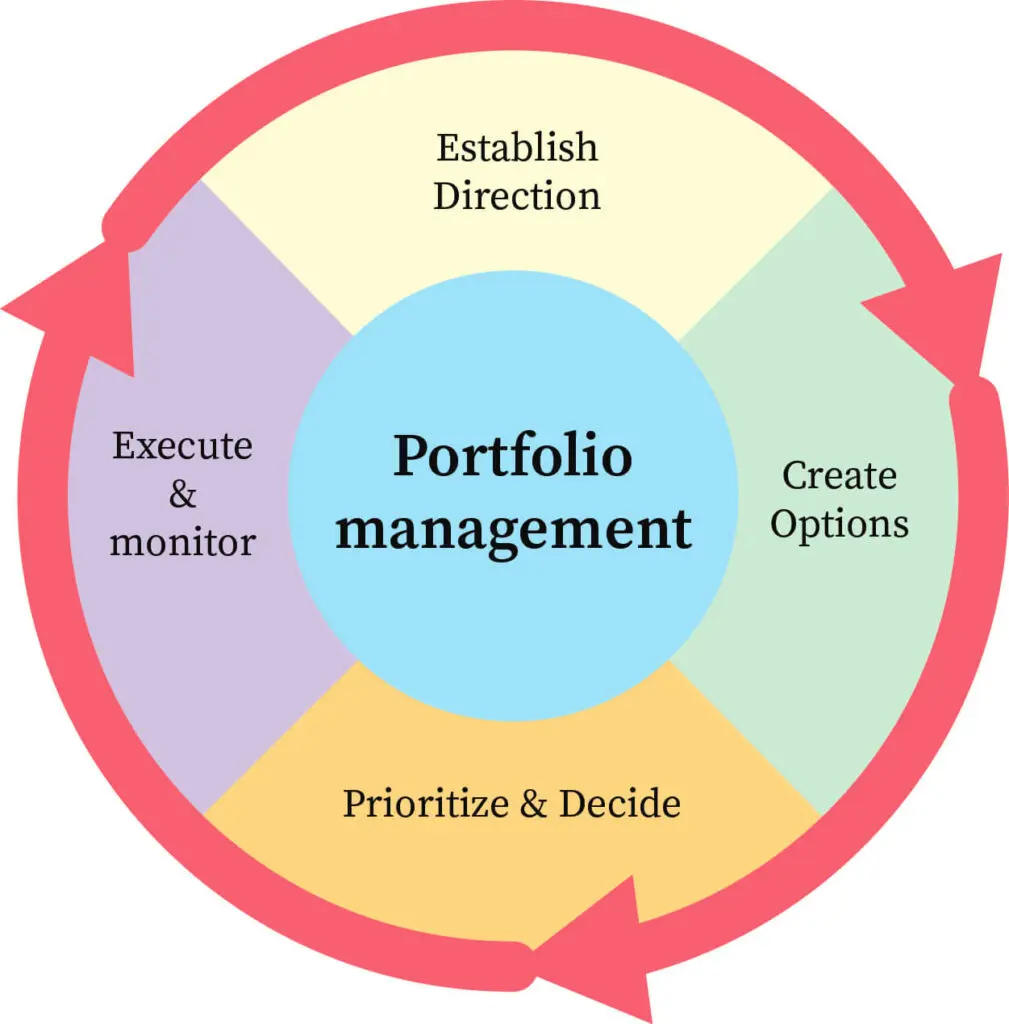Is It Time to Replace Your Roof? 7 Signs to Watch For
Knowing when to replace your roof is crucial for maintaining your home's integrity. Watch for these seven signs: missing shingles, leaks or water stains, sagging roof, granules in gutters, increased energy bills, daylight visible through roof boards, and age of the roof. Addressing these issues promptly can save you from costly repairs and ensure your home remains safe and secure. roof replacement, roofing signs, home maintenance, roof inspection
Introduction
Your roof is one of the most critical components of your home, protecting you and your belongings from the elements. However, roofs are not designed to last forever, and many factors can contribute to their deterioration over time. Knowing when to replace your roof is essential for maintaining the safety, energy efficiency, and value of your home. In this article, we will discuss seven signs that indicate it may be time to replace your roof.
1. Age of the Roof
The first factor to consider when evaluating your roof's condition is its age. Most roofs have a lifespan that ranges from 20 to 50 years, depending on the materials used. Asphalt shingles typically last between 20 to 30 years, while metal and tile roofs can last up to 50 years or more. If your roof is approaching or has exceeded its expected lifespan, it may be time to start planning for a replacement.
2. Missing or Damaged Shingles
One of the most obvious signs that your roof may need replacement is the presence of missing or damaged shingles. Shingles can become loose or break due to age, severe weather conditions, or improper installation. If you notice several shingles missing or if they are curling, buckling, or cracking, it's a clear indication that your roof's integrity is compromised. While it may be possible to replace a few shingles, widespread damage may warrant a full roof replacement.
3. Roof Leaks
Leaks are a significant concern for any homeowner, and they often signal that your roof is failing. If you notice water stains on your ceilings or walls, or if you have experienced water dripping during rainstorms, it's crucial to address the issue immediately. While small leaks can sometimes be repaired, persistent or widespread leaks may indicate that your roof is beyond repair and needs to be replaced to prevent further damage to your home.
4. Sagging Roof Deck
A sagging roof deck is a serious issue that requires immediate attention. This can occur due to water damage, structural issues, or excessive weight from snow or ice. A sagging roof can compromise the entire structure of your home, leading to more costly repairs. If you notice any signs of sagging, such as dips or unevenness in your roof, it's vital to consult with a roofing professional to evaluate whether a replacement is necessary.
5. Granules in the Gutter
If you have an asphalt shingle roof, checking your gutters for granules can provide valuable insight into your roof's condition. Granules are small, sand-like particles that protect shingles from UV rays and contribute to their longevity. Over time, these granules can wear off, especially if your roof is nearing the end of its lifespan. If you find a significant amount of granules in your gutters, it may be a sign that your shingles are deteriorating and that a roof replacement is on the horizon.
6. Mold or Algae Growth
Mold and algae growth on your roof can be unsightly and may indicate underlying issues. While some growth is common, excessive mold or algae can lead to further damage, including decaying shingles. If you notice black streaks or green patches on your roof, it's essential to assess the severity. Professional cleaning may help, but if the issue is widespread, it could be a sign that your roof is aging and needs replacement.
7. Increased Energy Bills
Have your energy bills been climbing steadily? An aging roof may be a contributing factor to increased energy costs. A damaged or poorly insulated roof can lead to heat loss during the winter and heat gain during the summer, putting additional strain on your HVAC system. If you suspect that your roof is affecting your energy efficiency, consider having a roofing professional inspect it. They can help determine whether repairs are sufficient or if a replacement is necessary for improved energy efficiency.
Conclusion
Replacing your roof is a significant investment, but it's essential for protecting your home and ensuring its longevity. By being aware of the signs that indicate it may be time for a replacement, you can make informed decisions and avoid costly repairs down the line. If you notice any of the signs mentioned in this article, it's wise to consult with a qualified roofing contractor who can assess your roof's condition and recommend the best course of action. Keeping your roof in good condition will not only protect your home but also enhance its value and curb appeal.
Explore

ROI of an Online Business Degree: Time, Cost, and Outcomes
Unveiling Cinematic Gems: Your Ultimate Guide to Must-Watch Movies

How to Choose the Right Portfolio Management Software for Your Business

How to Choose the Right Fund Manager Software for Your Investment Firm

Online MHA Programs That Fit Your Busy Schedule

How to Choose a Cloud Backup Service That Truly Protects Your Data

Why Choosing a Local Law Firm Can Improve Your Case Outcome

How to Choose a Prepaid vs Postpaid Cell Phone Plan for Your Family
